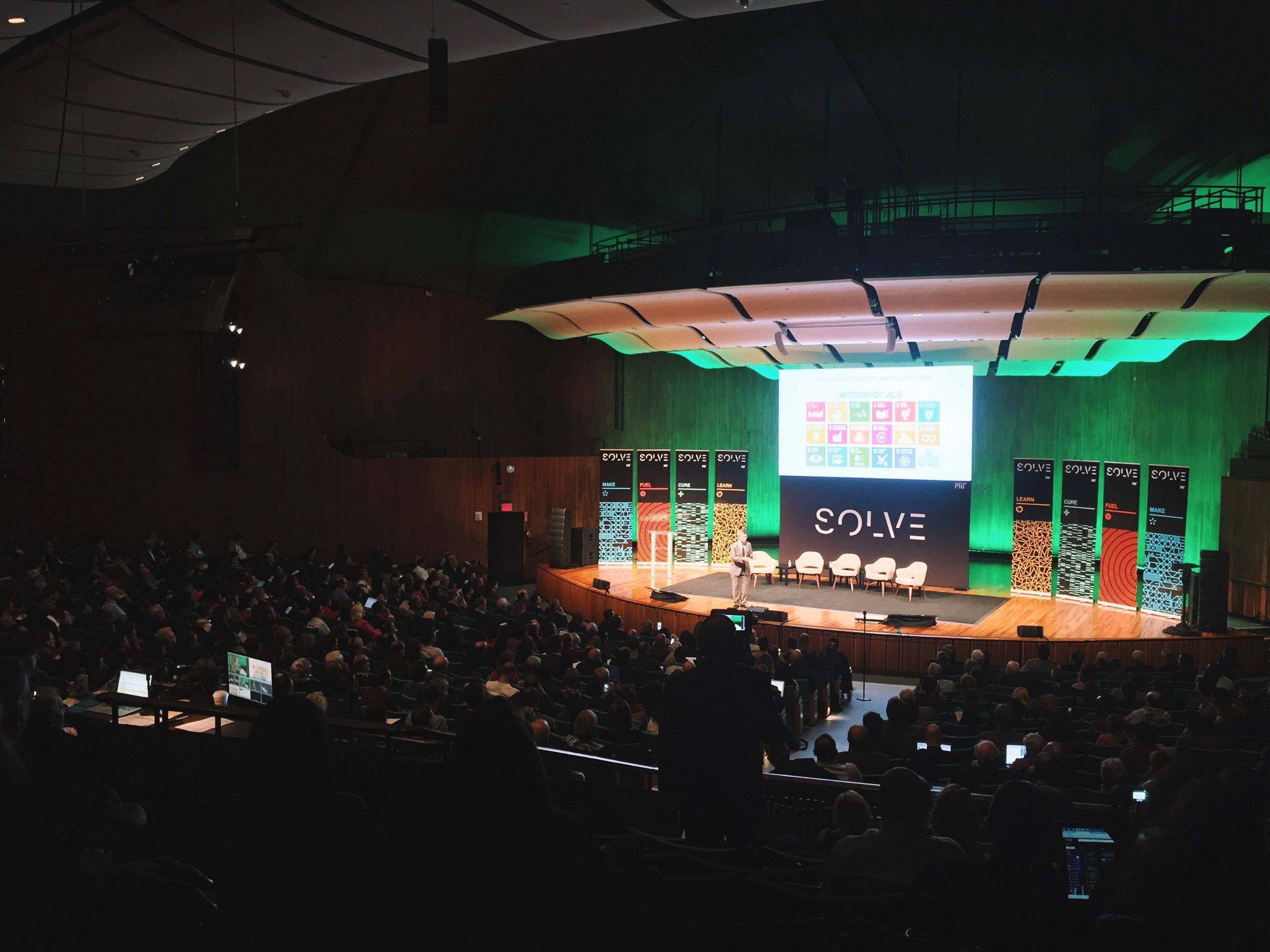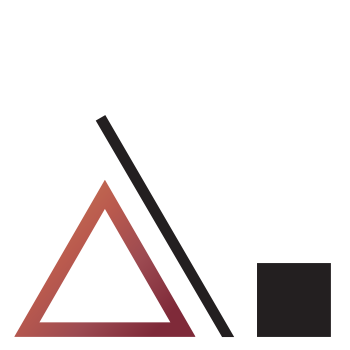
SOLVE@MIT: A participant’s perspective
On October 5, 2015, MIT launched a movement — but the world has a lot of movements. What makes this one different?
Earlier this week, with the mission of bringing together “extraordinary people to work together to solve the world’s toughest problems”, MIT convened 600+ leaders, scholars, inventors, doers, and — for some reason — me in Cambridge, MA, USA. An initiative of MIT’s President’s Office and produced by MIT Tech Review, the mission of the movement is “to inspire extraordinary people to work together to solve the world’s toughest problems.”
Under the leadership of Chris Shipley, Solve’s Executive Producer, the Solve design team and curators directed the community to focus on four pillars of progress: Learn (“Provide access to a quality education by 2050 to anyone, anywhere, with the will to learn.”), Cure (“Leverage innovations in health-care delivery and medical research to make care affordable and universally available.”), Fuel (“Double energy and food production, halve carbon output by 2050, and set a path to net-zero carbon emissions by 2100.”), and Make (“Provide the infrastructure and economic opportunity to support a world population of nearly 10 billion by 2050.”). Participants were tasked with working together to find answers to key questions posed in each of these fields — challenges like “How will we mitigate the impact of climate change now and in the future?” and “How can we support teachers and transform teaching to better prepare students for the challenges and opportunities ahead?”
So, now that the conference is over, we have answers to all of those questions and we’re ready to solve the world’s problems.
…not. If you are a skeptic about the scope of the conference, I shared your skepticism. Of course these questions wouldn’t be answered in four days, even with the might of MIT and a dedicated global task force of thinkers and doers strong.
But that was never the point.
An international community of practice for the world’s toughest problems
Instead, Solve’s inaugural event created learning communities. It was a platform upon which partnerships were formed, connections were made, projects were launched, and new questions were raised. The conference leveraged the capacity for creative collisions that MIT is known for, becoming a crucible for a global community set on using its collective knowledge and ability for complex systems change.

If it isn’t obvious, it had a big personal impact. It was — to use a Newfie/Irish proverb — a kick in the arse. Solve happened at a perfect time for me, having just embarked on a new journey at OCAD University’s Strategic Foresight & Innovation program in Toronto. Admittedly, my new home has been intimidating: my classmates are incredible accomplished professionals and Toronto’s a big city for a kid who grew up playing eight hours of video games a day in suburban St. John’s, Newfoundland. If Toronto is a big pond for a little fish like me, attending Solve was like being a trout in the ocean. I never dreamed I’d see Cambridge — let alone participate in its community in a capacity like this. The surreal experience has left me with steeled convictions, renewed vitality, and a head full of ideas.
I know its cheesy, but I’m inspired.
Was everything perfect? Of course not — as a 1.0 product, the Solve conference had plenty of gaps. Many participants that I spoke with felt that the event could have been more participatory and that we could’ve been given more homework ahead of time. Some thought that the pillars of the conference could’ve run concurrently instead of in block, allowing people to focus on the areas they were most interested in. Others called for more facilitated networking, celebrating Jeffersonian-style conversations offered at certain dinner events. This critique (and beyond) means that Solve 2.0 (happening September 26th to the 29th in 2016) has room to grow. It’s also why I encourage the Solve team to open source next year’s conference program, inviting the now-invested community to help shape the next phase of the movement.

At the end of the conference, when the audience was asked to share their insights and ideas, I stood up and suggested a number of things including holding Solve meetups focused on each pillar throughout the rest of the year. Chris Shipley pushed the recommendation right back at me, challenging me to organize something in Toronto before September 2016. It’s honestly something I’m toying with. What’s more significant, however, is the implicit idea that Solve’s community should self-organize. This is why Solve might be a unique movement. If Solve’s leadership can keep this brilliant community together while giving it agency to act, to prototype, and to come together agnostic of geography, politics, and disciplines — we just might get somewhere.
In the short-term, as the Solve diaspora return to their homes and work, we must be vigilant. The conference was both invigorating and exhausting, and while Solve’s cause is important, life is often more urgent, and it’s all too easy to lose our inspiration and our connections. So, to the community: add follow-ups, planning, and brainstorming to to-do lists now!
Let’s not let Solve become just another movement.


